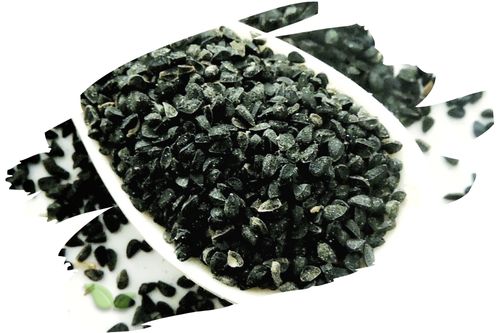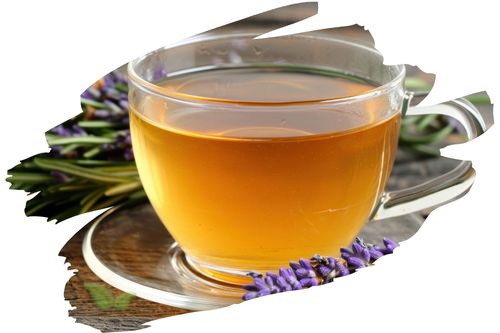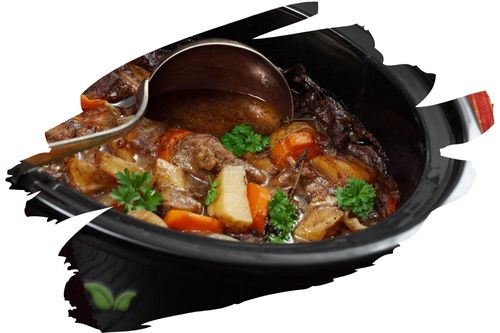
Introduction
Stains can be a real nuisance, whether they're on your favorite clothes, upholstery, or household items. While there are many commercial stain removers available, they often contain harsh chemicals that may not be suitable for all fabrics and surfaces. But fear not, there's a natural and effective solution: cream of tartar. In this comprehensive guide, we'll take you through the process of removing stains with cream of tartar, step-by-step. Say goodbye to tough stains and hello to a clean and fresh look.
What is Cream of Tartar?
Before delving into stain removal techniques, let's understand what cream of tartar actually is. Cream of tartar, scientifically known as potassium bitartrate, is a byproduct of winemaking. It forms as a powder inside wine barrels during the fermentation process. This versatile white powder is commonly used in baking to stabilize egg whites and prevent sugar crystallization. However, its magical properties extend beyond the kitchen.
The Magic of Removing Stains with Cream of Tartar
Cream of tartar's acidic nature makes it an excellent stain remover, especially for organic stains like those from food, beverages, and natural substances. Its gentle yet effective action makes it safe to use on a variety of materials, including fabrics, metals, and ceramics. Plus, it's an eco-friendly alternative to chemical-laden stain removers, making it a top choice for environmentally conscious individuals.
Step-by-Step Guide: Removing Stains with Cream of Tartar
1. Gather Your Supplies
First, let's assemble all the supplies you'll need for this stain removal adventure:
- Cream of Tartar (of course!)
- Clean white cloths or sponges
- Mild liquid detergent
- Warm water
- Lemon (optional)
- Baking soda (optional)
- Soft brush (for scrubbing stains gently)
- Vacuum cleaner (for cleaning residue from fabric)
2. Identify the Stain
The key to effective stain removal is identifying the stain type correctly. Different stains require different treatments. Common stain types include:
- Wine and fruit stains
- Coffee and tea stains
- Grease and oil stains
- Ink stains
- Rust stains
3. Test on an Inconspicuous Area
Before diving headfirst into stain removal, perform a patch test on a small, inconspicuous area of the fabric or surface you want to clean. This step ensures that the cream of tartar won't cause any unwanted damage or discoloration.
4. Treating Different Types of Stains
Wine and Fruit Stains
For wine and fruit stains, act quickly. Blot the stain gently with a clean cloth to absorb excess liquid. Then, mix cream of tartar with a few drops of lemon juice to form a paste. Apply the paste to the stain and let it sit for 15-30 minutes. Rinse with warm water and dab dry.
Coffee and Tea Stains
To remove coffee and tea stains, sprinkle cream of tartar directly onto the stain and add a few drops of water to form a paste. Gently scrub the stained area with a soft brush. Rinse thoroughly and repeat if necessary.
Grease and Oil Stains
Grease and oil stains can be stubborn, but cream of tartar comes to the rescue. Make a paste using cream of tartar and warm water, then apply it to the stain. Let it sit for 30 minutes before washing as usual.
Ink Stains
Ink stains on fabric can be frustrating, but don't panic. Mix cream of tartar with lemon juice to form a paste and apply it to the ink stain. Allow it to sit for about an hour, then rinse with warm water.
Rust Stains
Cream of tartar can even tackle rust stains. Create a mixture of cream of tartar and baking soda with equal parts water. Apply the paste to the rust stain and let it sit for an hour before rinsing.
5. Upholstery and Carpet Stains
For upholstery and carpet stains, follow the same principles as above. However, it's essential to use a soft brush for scrubbing, as vigorous scrubbing can damage the fabric fibers.
6. Cleaning Metal Surfaces
Cream of tartar is a gentle yet effective cleaner for metal surfaces like stainless steel and copper. Make a paste using cream of tartar and water, and apply it to the metal. Let it sit for a few minutes before wiping it clean with a damp cloth.
7. Cleaning Ceramics and Porcelain
To clean ceramics and porcelain items, mix cream of tartar with a small amount of water to form a paste. Apply the paste to the surface and let it sit for a while. Rinse with warm water and watch your ceramics sparkle.
8. Removing Stains from White Clothes
White clothes are notorious for staining. For white fabrics, use a mixture of cream of tartar and mild liquid detergent. Apply the paste to the stain, let it sit for a few minutes, and then wash the garment as usual.
9. Tackling Stubborn Set-In Stains
Some stains may have been around for a while. In such cases, create a powerful stain-fighting solution using cream of tartar, lemon juice, and warm water. Apply the mixture to the stain, let it sit overnight, and wash it the next day.
10. Preventing Future Stains
Cream of tartar can also help prevent future stains. For instance, adding a pinch of cream of tartar to boiling water before cooking vegetables can help keep them vibrant and prevent staining.
FAQs
Can I use cream of tartar on all fabrics?
Yes, cream of tartar is safe to use on most fabrics, but it's always wise to perform a patch test first, especially on delicate or unfamiliar materials.
Will cream of tartar damage metal surfaces?
No, cream of tartar is gentle enough to clean metal surfaces without causing damage or scratches.
Is cream of tartar safe for the environment?
Yes, cream of tartar is an eco-friendly option for stain removal, as it's a natural byproduct and doesn't contain harsh chemicals.
Can cream of tartar remove old stains?
Absolutely! Cream of tartar's acidic properties make it effective even on old and stubborn stains.
Can I mix cream of tartar with other substances for stain removal?
Yes, you can combine cream of tartar with lemon juice, baking soda, or mild detergent for targeted stain removal.
Is cream of tartar safe for colored fabrics?
While cream of tartar is generally safe for colored fabrics, it's advisable to test it on a hidden area first to avoid any potential color fading.
Conclusion
Removing stains with cream of tartar is a simple, natural, and effective method that can breathe new life into your fabrics, surfaces, and household items. Whether it's wine, coffee, ink, or rust, cream of tartar proves to be a versatile stain fighter. Its eco-friendly nature and gentle action make it an excellent choice for those looking to maintain a clean home while being mindful of the environment. So, the next time you encounter a stubborn stain, reach for the cream of tartar and bid adieu to unsightly spots.
Alert: While spices can have many beneficial properties for health, using them for medical purposes should be done under the guidance and supervision of a healthcare professional or specialist. Some spices may interact with medications or cause adverse reactions in certain individuals, and it is important to use them safely and appropriately. If you are considering using spices for a medical condition, it is important to consult with a healthcare professional before doing so.




















































